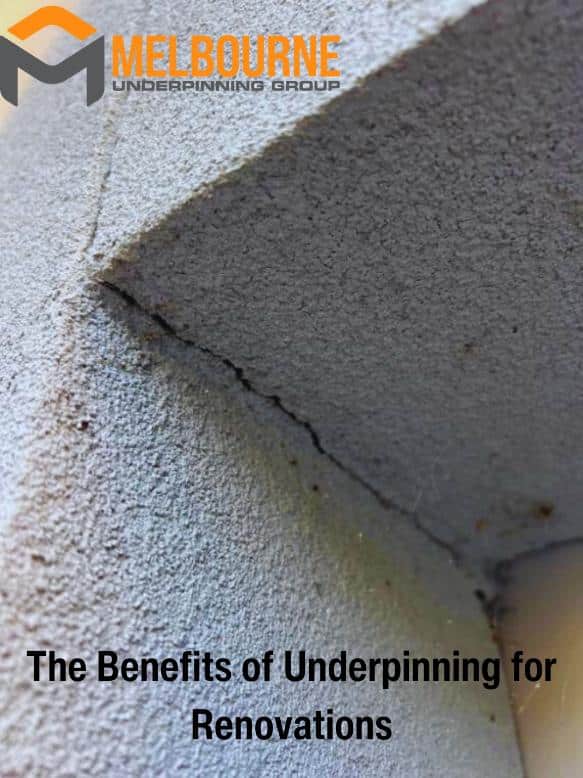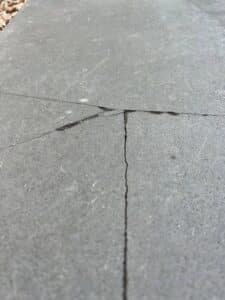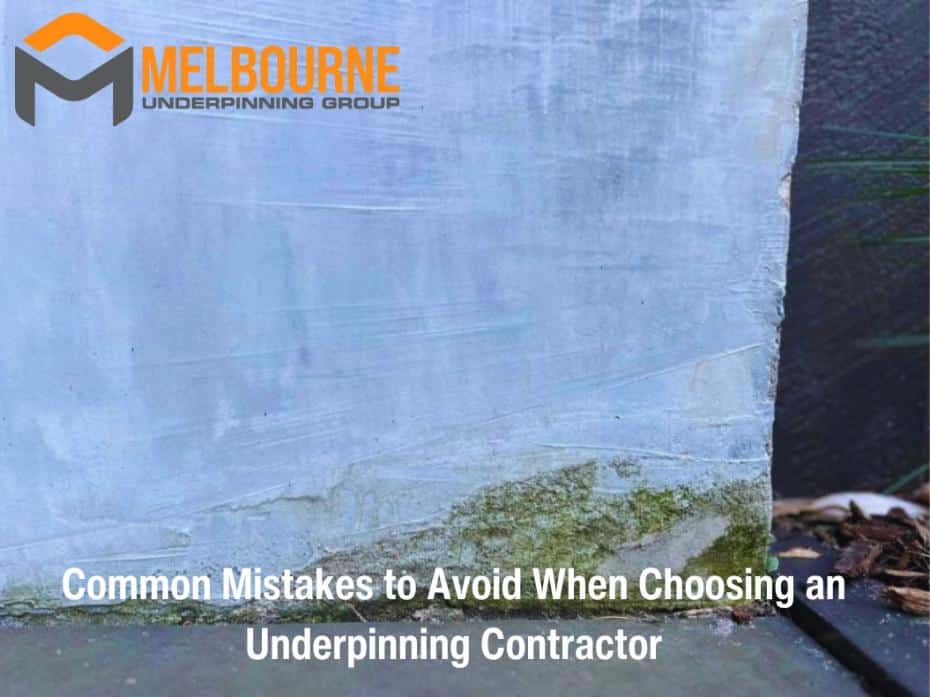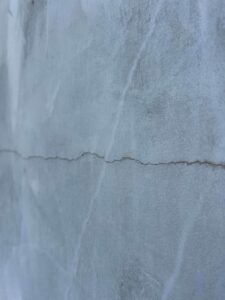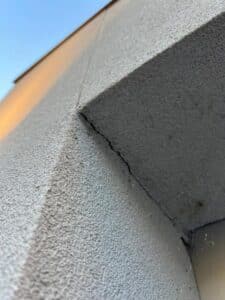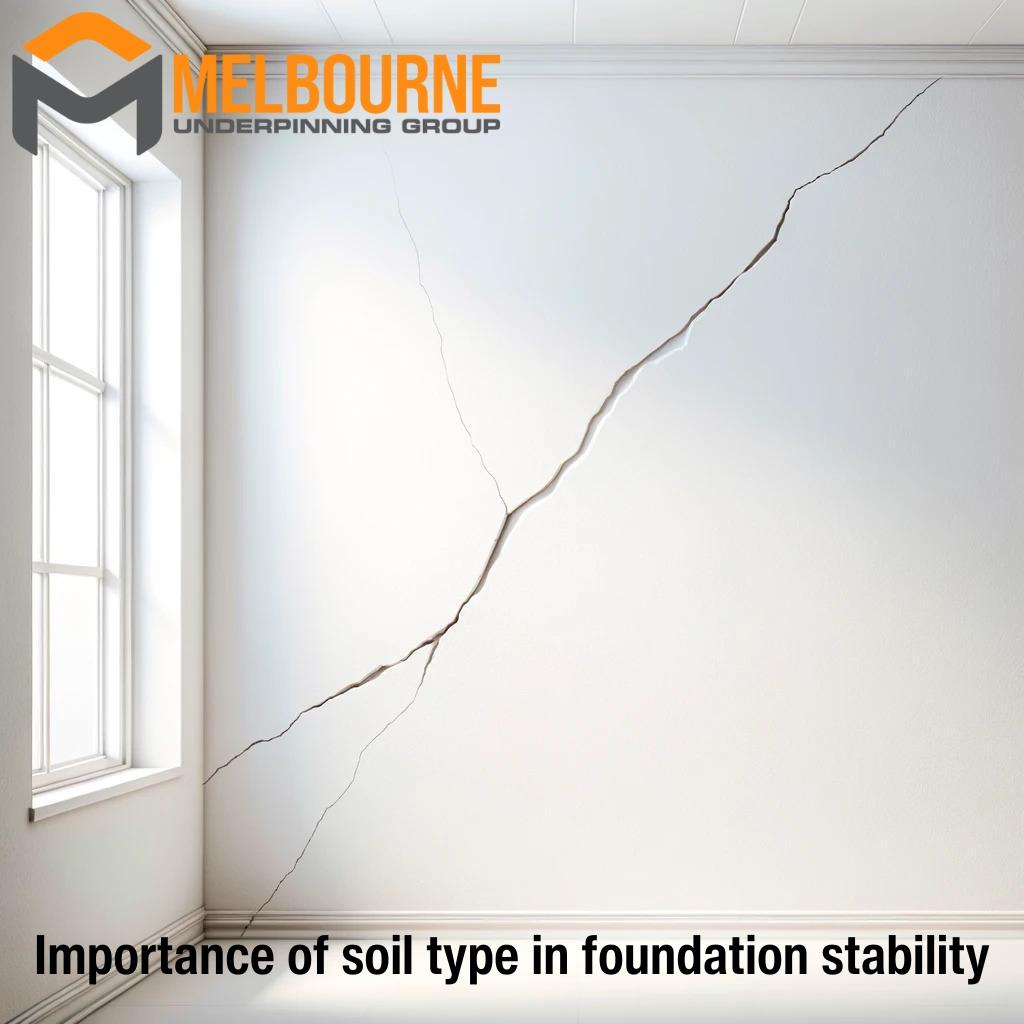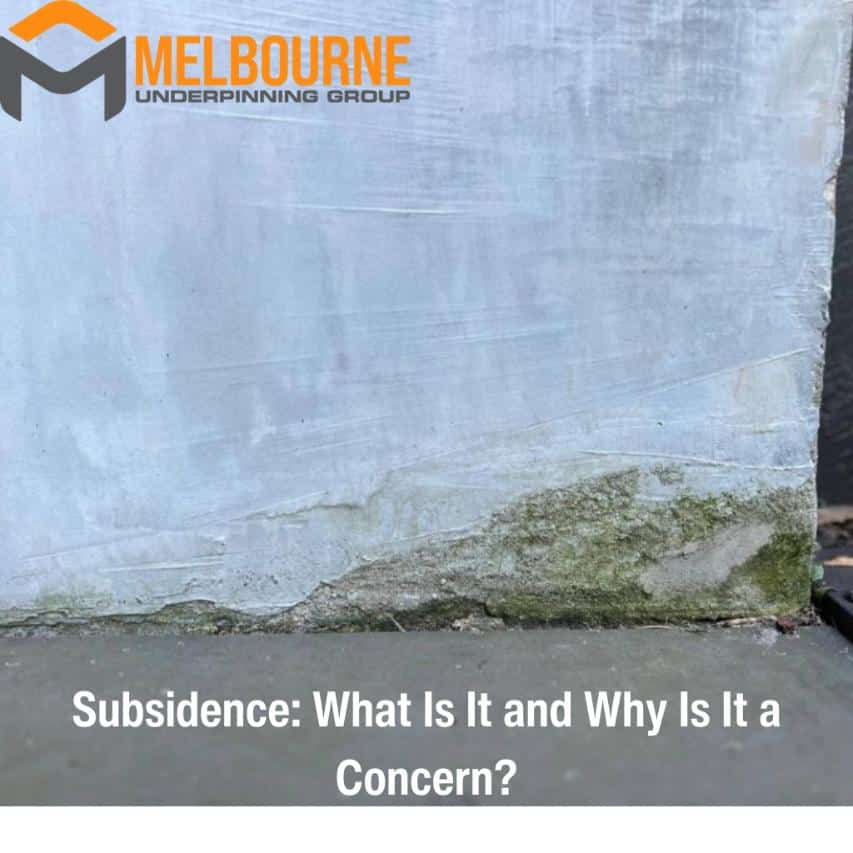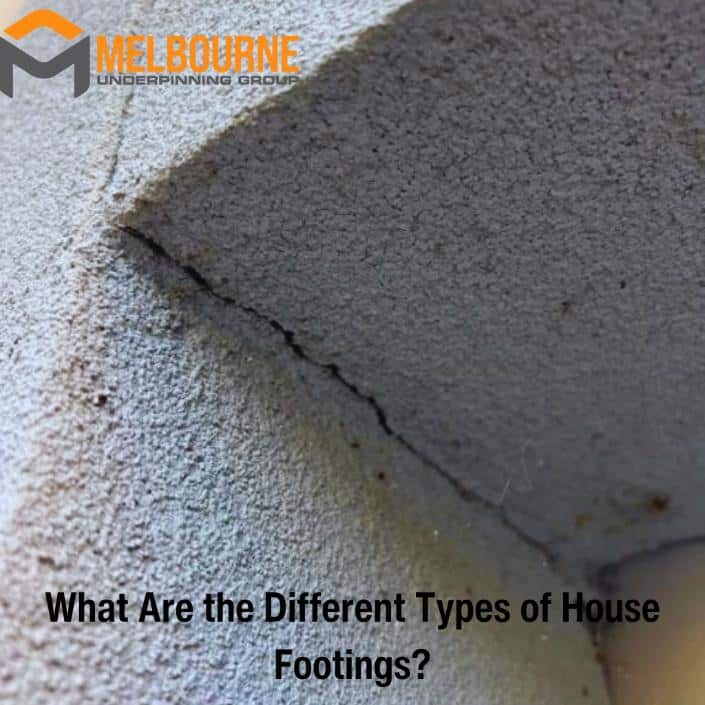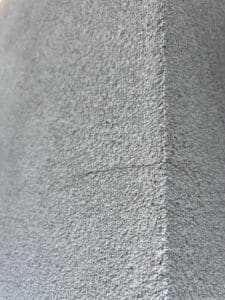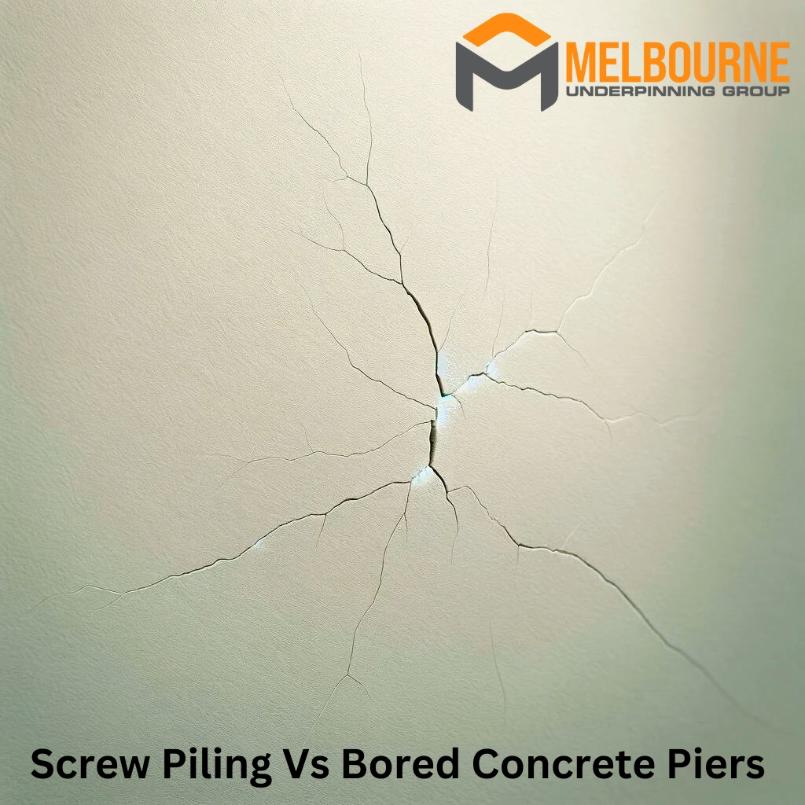To prevent your house from sinking, especially if you’re dealing with a sinking slab, ensure a solid foundation with proper design and materials suited for your soil type. Maintain effective drainage systems to avoid water accumulation around the foundation.
Regular inspections and repairs are crucial for early detection and management of any foundational issues. These measures will safeguard your home’s structural integrity and contribute to its long-term durability and value.
For this blog, we’ll expand more on the best ways to prevent your house from sinking.
How to Prevent Your House From Sinking
These are the best tips to prevent your house from sinking:
Ensure a Solid Foundation
Ensure that your house is built on a solid foundation. This involves using the right materials and construction techniques suitable for your soil type and environmental conditions. Deeper foundations or special types like pile foundations might be necessary for areas with soft or unstable soil.
Perform Regular Inspections
Regularly inspect your foundation for any signs of stress, cracks, or movement. Early detection of these issues can prevent more severe problems and sinking in the future.
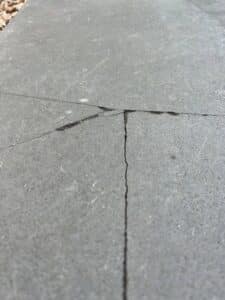
Maintain Effective Drainage
Water accumulation around the foundation can weaken the soil and lead to sinking. Ensure your property has effective drainage systems to direct water away from the foundation. This includes gutters, downspouts, and proper landscaping to ensure water flows away from the house.
Stabilise the Soil
In some cases, it might be necessary to stabilise the soil around and beneath your foundation. This can be done through various methods, such as soil grouting, where a stabilising compound is injected into the soil to increase its strength and stability.
Maintain and Repair Regularly
Fix wall cracks, repair leaks, and address other maintenance issues promptly. Ignoring these problems can lead to more significant issues, including foundation damage that could result in the house sinking.
How Can I Tell If My House Is Sinking?
You can tell if your house is sinking by observing signs like uneven floors, cracks in walls or foundations, and doors or windows that no longer close properly.
When a house begins to sink, it often exhibits several telltale symptoms. Firstly, you might notice cracks in the walls, especially around doorways and windows, or in the foundation itself. These cracks typically appear because different structure parts settle at different rates. Uneven or sloping floors are another common indicator.
Doors and windows that used to open and close smoothly may start sticking or won’t shut completely, as the sinking can cause frames to warp. Additionally, gaps may appear between walls and the ceiling or floor. In some cases, you might also see a separation between the house and attached structures like garages or porches.
It’s important to pay attention to these signs and consult with a structural engineer or foundation specialist if you suspect your house is sinking, as early detection can lead to more effective and less costly repairs.


